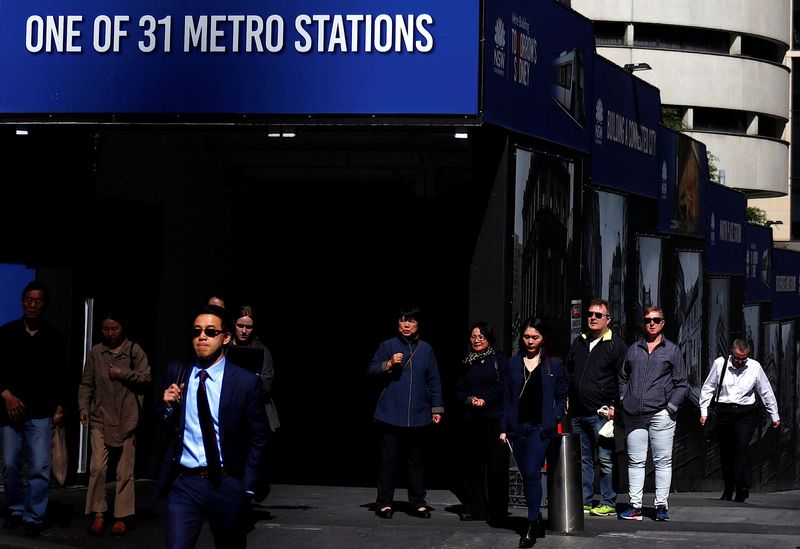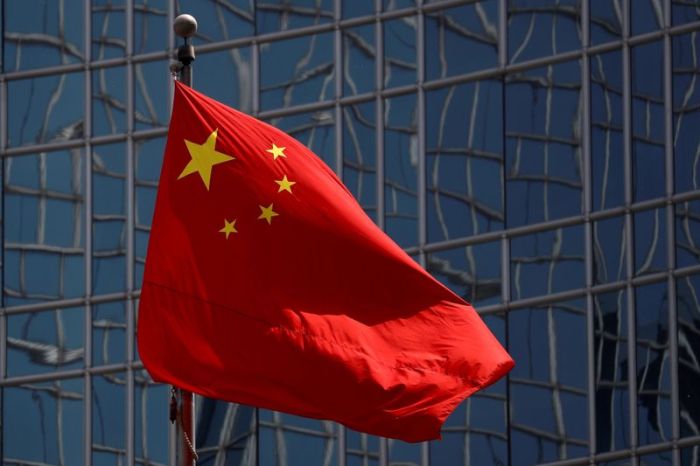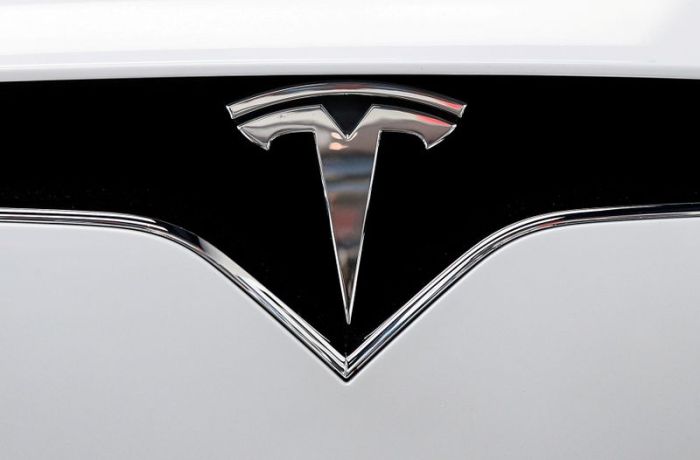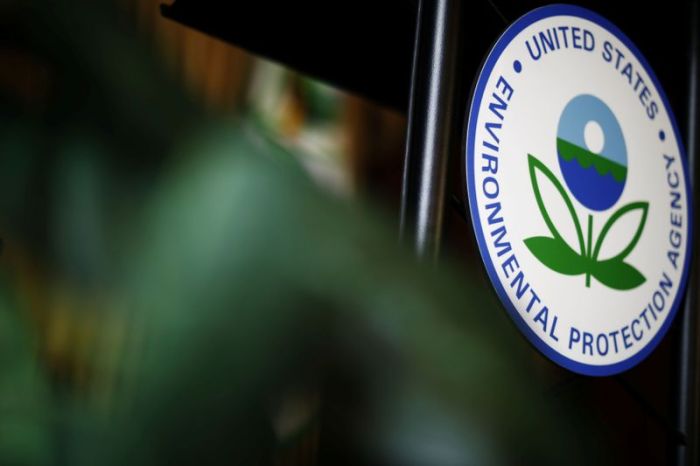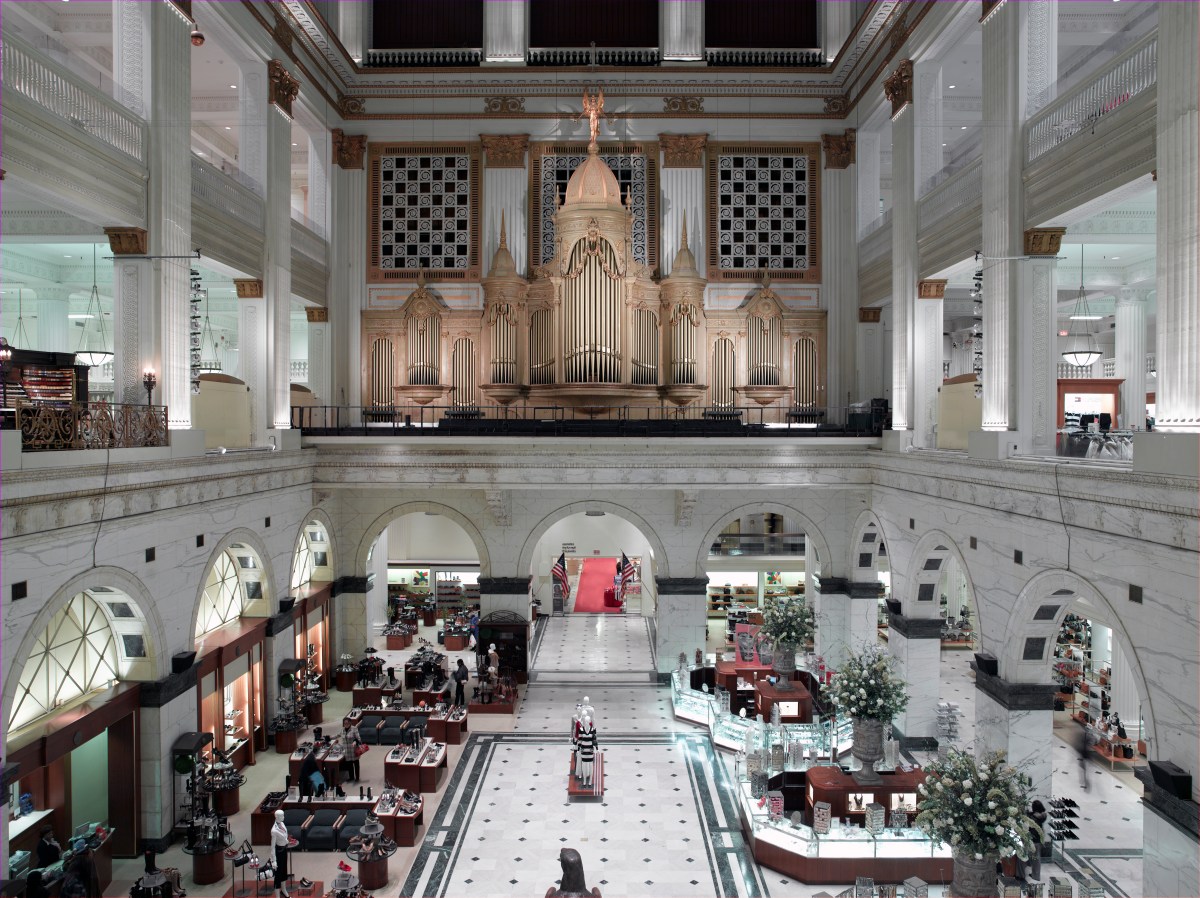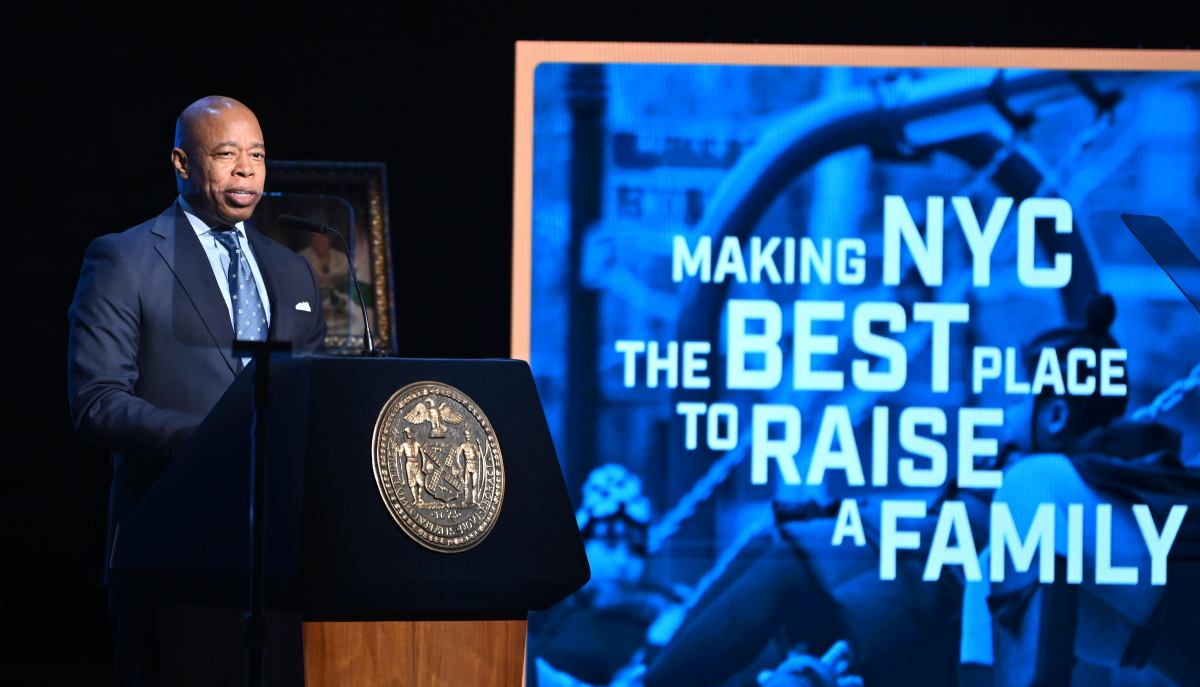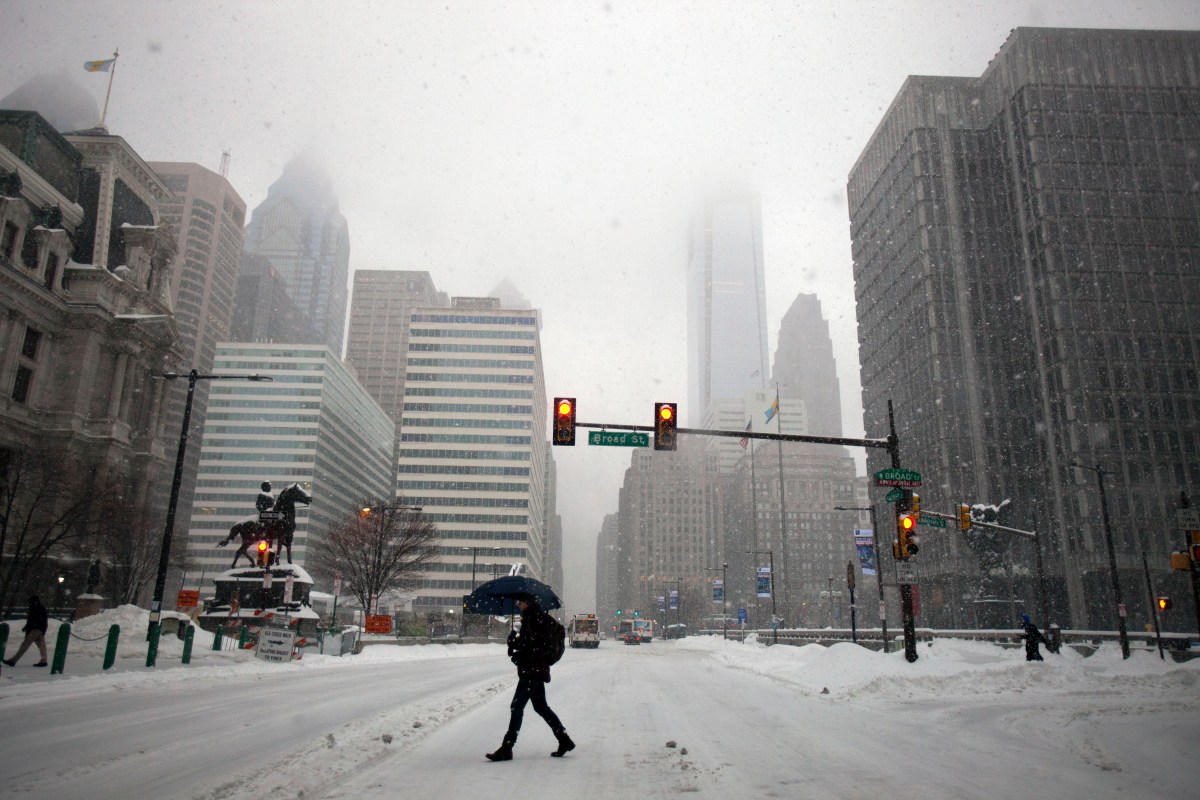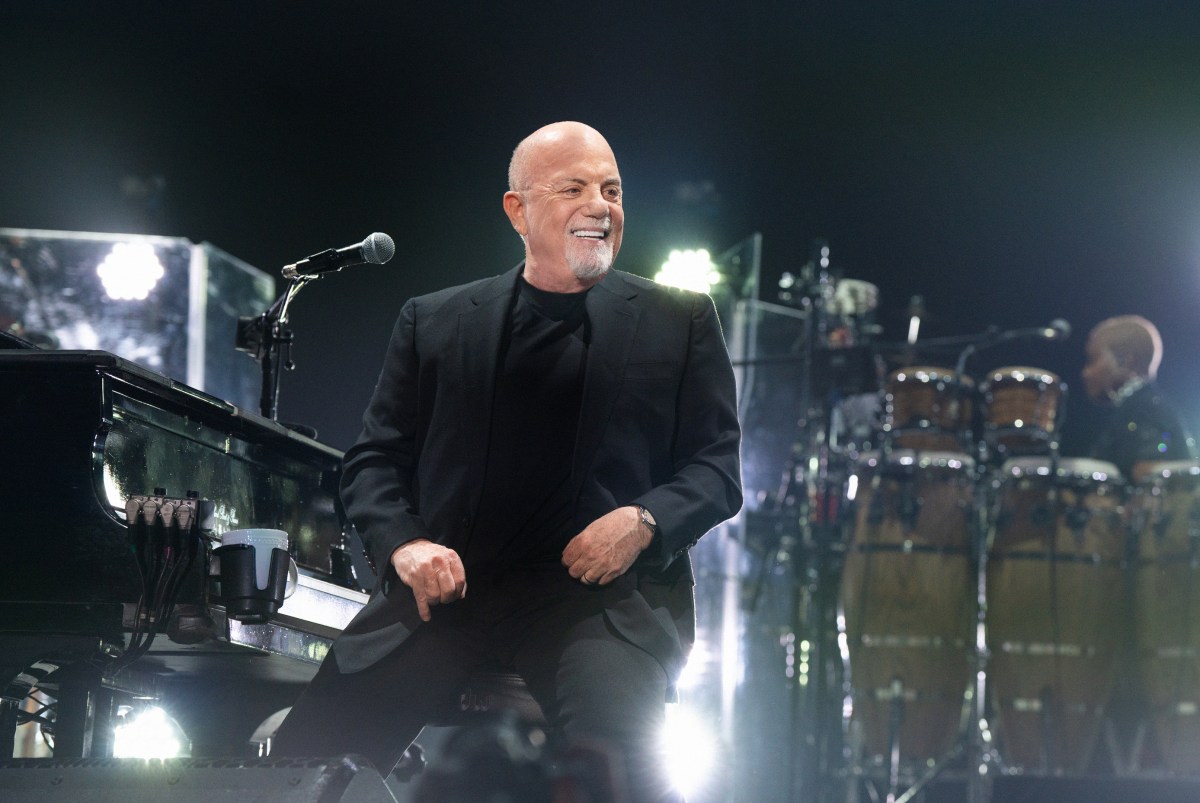SYDNEY (Reuters) – Australia’s economy rebounded sharply in the third quarter from a coronavirus-induced recession as consumer spending surged though the country’s top central banker signalled monetary policy will stay accommodative for a while.
Data out earlier showed the A$2 trillion ($1.5 trillion) economy expanded by a bigger than expected 3.3% in the September quarter, following a 7% contraction in June, as the country largely got COVID-19 under control.
The rebound was led by household spending, which rose 7.9%, driven by massive fiscal and monetary stimulus since March.
The Australian dollar briefly hit a day’s high of $0.7389.
Economic growth is expected to be “solidly positive” in the December quarter as well, Reserve Bank of Australia (RBA) Governor Philip Lowe said, underscoring the country’s success in curbing the pandemic.
The optimism is underlined by card spending data by the country’s biggest banks which showed consumers splurged in the last week of November during Black Friday and Cyber Monday sales.
Top lender Commonwealth Bank reported a 12% jump in spending on cards for the week-ending Nov. 23 from last year while ANZ saw a 28% surge.
Australia is not yet out of the woods, as escalating tensions with top trading partner China hang heavily on the outlook.
Australian Treasurer Josh Frydenberg said on Wednesday the deteriorating trade relationship with China was a “very serious” matter though domestic consumption was key to Australia’s post-pandemic recovery.
China has so far curtailed Australia’s exports of lobsters, beef, timber, coal and wine though the broader economic hit is expected to be minimal as long as iron ore is spared, analysts said.
Agriculture exports account for just 0.02% of Australia’s annual output, while iron ore exports account for 7.5% of GDP.
“We expect some softening in tensions, especially given China’s multi-decade need to source key bulk commodities and metals from Australia,” said Paul Xiradis, chief investment officer at Ausbil.
RECESSION OVER?
Despite the brisk pace of quarterly growth, economic output is still down 3.8% over the year after Australia entered its first recession in three decades in the first half of 2020 due to coronavirus-driven lockdowns.
Lowe said the third-quarter GDP result was “good” but warned an economic recovery from the pandemic will likely be “bumpy and uneven” going forward.
“There is still a high degree of uncertainty about the outlook,” Lowe told lawmakers.
“We are prepared to do more, if that is required. Having said that, we are still of the view that a negative policy interest rate in Australia is extraordinarily unlikely.”
On Tuesday, the bank left its cash rate at a record low 0.1% and maintained its A$100 billion quantitative easing programme.
Despite the measures, unemployment is still hovering above 7%, from around 5% before the pandemic, while inflation and wage pressure are weak.
“Make no mistake, Australia is still functionally in a recession,” said Callam Pickering, economist at global job site Indeed.
“Both fiscal and monetary support measures will need to remain in place throughout 2021 and beyond to ensure that the recovery remains on track.”
(Reporting by Swati Pandey; Editing by Ana Nicolaci da Costa)

